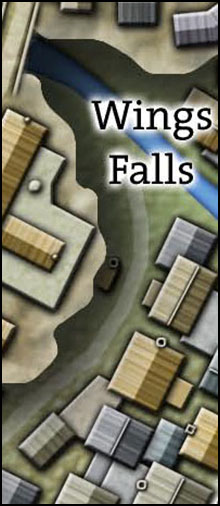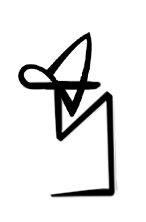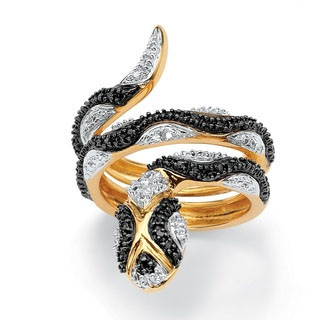DISCUSSING
In the Shadow of the Spire – Session 48B: The Fall of Tepal
The biggest story of the morning hours had been a mysterious fire in the Guildsmans’ District – an apartment building on Storm Street had burned to the ground in flames that witnesses reported to be a bright, phosphorescent blue (leading authorities to suspect magical arsonry).
But that news was being rapidly forgotten by the larger story sweeping across the city: An army had marched out of the Southern Desert, taken the city-state of Tepal by surprise, and sacked it.
Nasira was taken aback by the news. Learning that the news had arrived in Ptolus on three refugee ships she headed towards the docks. Speaking with passengers from the ships, however, she could discover little in the way of detail: The ships had sailed free just as the city was falling, and they could tell her nothing about the fate of her temple or the city itself once it had been taken.
At the beginning of this session, the PCs were visited by Talia and Marcus Hunter, delvers interested in exploring a section of Ghul’s Labyrinth which the PCs had previously discovered earlier in the campaign.
The Hunters are from Dark Tidings, an adventure by Monte Cook that was published back in 2009. In the original module, the PCs are hired by friends of the Hunters who want the PCs to save the Hunter expedition, which has gone missing in the Dungeons beneath Ptolus. If the PCs take the job, they’re given a full briefing on the back story, a map of the Dungeon area where the Hunters disappeared, and a list of the members of the Hunter expedition.
It’s a fun adventure and I wanted to incorporate it into the In the Shadow of the Spire campaign. One option, obviously, would be to run the scenario hook as written: The Hunter’s friends show up out of the blue and want to hire the PCs.
Instead, what I’m doing in this session is laying groundwork for the future adventure.
First, I’ve performed a campaign stitch: The Hunters aren’t going to disappear in some random section of the Dungeon. Instead, their explorations will be directly connected to the actions of the PCs. This means that I can also use Dark Tidings to answer the lingering question of what lies beyond one of the bluesteel doors in the Laboratory of the Beast. Plus, it lets me develop the Delver’s Guild and its inner workings a bit (with the delving contract), while also packaging up a unique, flavorful reward for the PCs (in the form of earning a percentage of the Hunter’s delving haul). All of which is also, conveniently, a great way to get the players invested in the fate of the Hunter party.
Second, of course, I’m setting up a reason for the PCs to be hired to save the Hunters when they go missing later in the campaign: It’s a section of Ghul’s Labyrinth they’re already familiar with, making them uniquely qualified for the job. There’s nothing wrong with random patrons popping up out of the blue to offer the PCs jobs on the basis of nothing but their reputation, but I’ve generally found it more effective when you can make things a little more personal. Not only does this make the campaign feel cohesive, it also means that the player’s choices have weight. (We tried to save the missing child at Greyson House, which led us to explore Ghul’s Labyrinth. We cleverly discovered a password which allowed us to discover the Laboratory of the Beast. We tried to sell the rare treasures we discovered there, which led to the deaths of the researchers from House Erthuo and, much later, the Hunters approaching us.)
Sometimes this sort of stuff will just organically happen during play. Sometimes, though, you need to look ahead and set things up. This doesn’t necessarily mean you need to have everything prepped ahead of time: You just need a general idea of what an upcoming scenario might look like. In this case, I’m setting up a published scenario, but we could just as easily imagine an original scenario where the only thing I really know is that (a) an adventuring party will approach the PCs and (b) will later go missing in order motivate further exploration of Ghul’s Labyrinth.
Published adventures, unfortunately, often overlook this type of groundwork. Since the author doesn’t know the particular details of your campaign, it’s easiest to have everything about the scenario arise from a tabula rasa. I think this is a mistake, though, and in my own work, as well as my work as an RPG Producer at Modiphius and Atlas Games, I emphasized the importance of including Groundwork tools that GMs could use to set up published scenarios in their own campaigns. (See Design Notes: Scenario Tools for more details on this.)
Regardless of what published adventures may do, however, as GMs I think we should always be looking fore these opportunities in our own campaigns.
In the case of the Hunters, the payoff for this groundwork would come eight sessions later., and the PCs wouldn’t actually go after the Hunters until Session 62, a full year and a half later in real time.
Sometimes you need to plant those seeds deep.
In fact, this sessions also features groundwork for a completely different adventure, with the Fall of Tepal being connected to multiple future scenarios.
Campaign Journal: Session 48C – Running the Campaign: Undead for Effect
In the Shadow of the Spire: Index





















